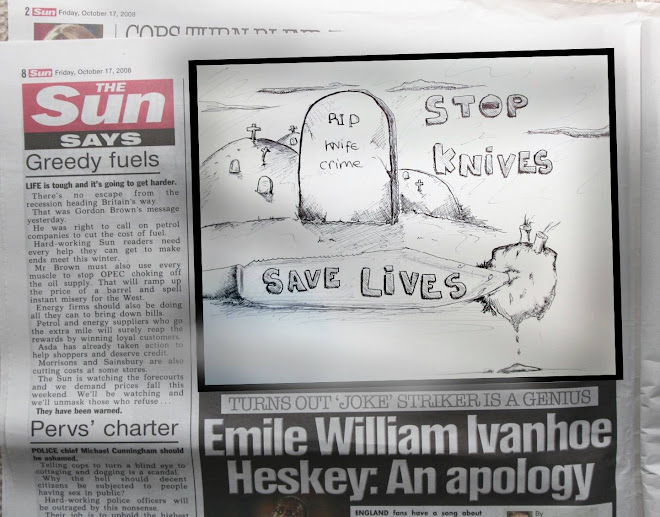
The Political Cartoon.
The Political Cartoon has a long history and is still used today all over the world in newspapers and magazines. Over the years it has been used to lampoon the famous and notable people of the time. It often involves satire, caricature and contentious issues of the day. They are often humorous in the way they are drawn and they text they use. They deal with current issues of the day and larger political ideas that are prevalent within society.
Political cartoons are for the most part composed of two elements: caricature, which parodies the individual, and allusion, which creates the situation or context into which the individual is placed.
Use this guide to identify the persuasive techniques used in political cartoons.
| Symbolism | Cartoonists use simple objects, or symbols, to stand for larger concepts or ideas. After you identify the symbols in a cartoon, think about what the cartoonist intends each symbol to stand for. |
| Exaggeration | Sometimes cartoonists overdo, orexaggerate, the physical characteristics of people or things in order to make a point. When you study a cartoon, look for any characteristics that seem overdone or overblown. (Facial characteristics and clothing are some of the most commonly exaggerated characteristics.) Then, try to decide what point the cartoonist was trying to make through exaggeration. |
| Labeling | Cartoonists often label objects or people to make it clear exactly what they stand for. Watch out for the different labels that appear in a cartoon, and ask yourself why the cartoonist chose to label that particular person or object. Does the label make the meaning of the object more clear? |
| Analogy | An analogy is a comparison between two unlike things that share some characteristics. By comparing a complex issue or situation with a more familiar one, cartoonists can help their readers see it in a different light. After you’ve studied a cartoon for a while, try to decide what the cartoon’s main analogy is. What two situations does the cartoon compare? Once you understand the main analogy, decide if this comparison makes the cartoonist’s point more clear to you. |
| Irony | Irony is the difference between the ways things are and the way things should be, or the way things are expected to be. Cartoonists often use irony to express their opinion on an issue. When you look at a cartoon, see if you can find any irony in the situation the cartoon depicts. If you can, think about what point the irony might be intended to emphasize. Does the irony help the cartoonist express his or her opinion more effectively? |
Once you’ve identified the persuasive techniques that the cartoonist used, ask yourself:
What issue is this political cartoon about?
What is the cartoonist’s opinion on this issue?
What other opinion can you imagine another person having on this issue?
Did you find this cartoon persuasive? Why or why not?
What other techniques could the cartoonist have used to make this cartoon more persuasive?



No comments:
Post a Comment